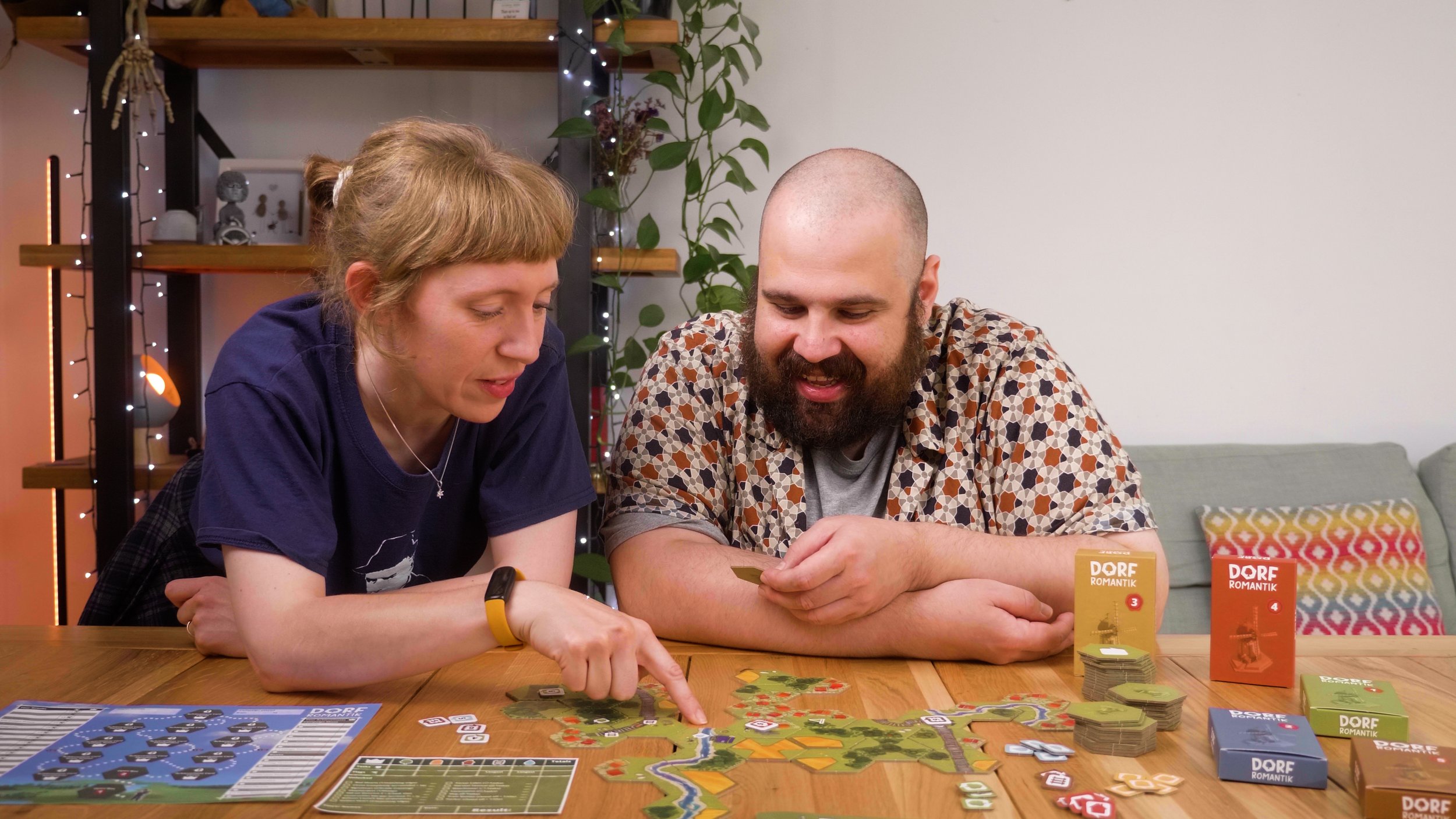Pampero and Why Euro Games Don't Hit the Same Anymore
Is this harsh? I feel like this is harsh, right from the get go. But I’d be lying to you and myself if I didn’t admit that most euros just aren’t that special anymore. Has the genre peaked? Reached the plateau? Peak of the windmill?
Well, Pampero is here to say capital N capital O, it’s a euro that is HOT TO GO. With fancy components and innovative mechanisms it was ready to shake up a very stale scene and… crickets. The public concensus? It’s fine. So what happened here? What is it that’s so different about it? And why didn’t it land? All of that is the subject of today’s video.
But do stay till the very end for a very special announcement, if you’ve been a long time viewer and if you’ve enjoyed Bessie’s contributions to the channel, you won’t want to miss this.









